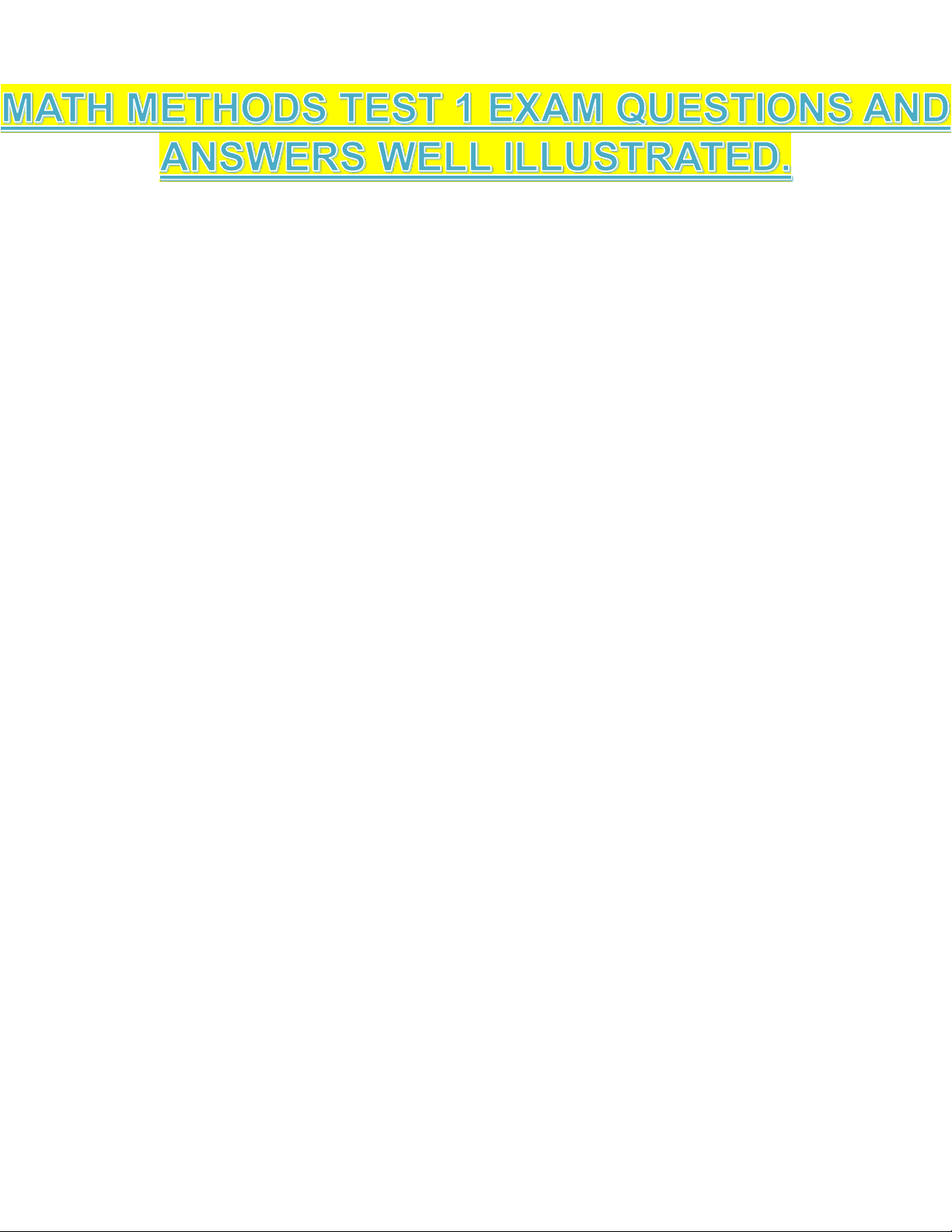
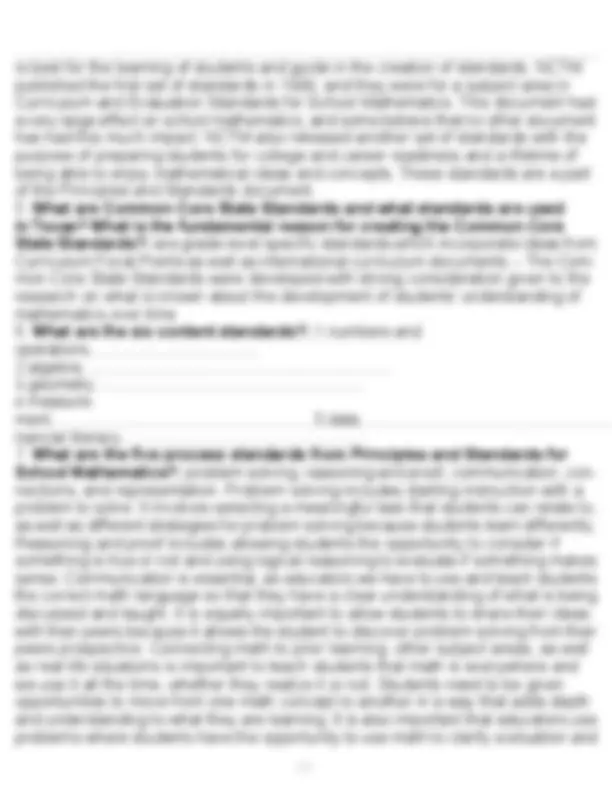
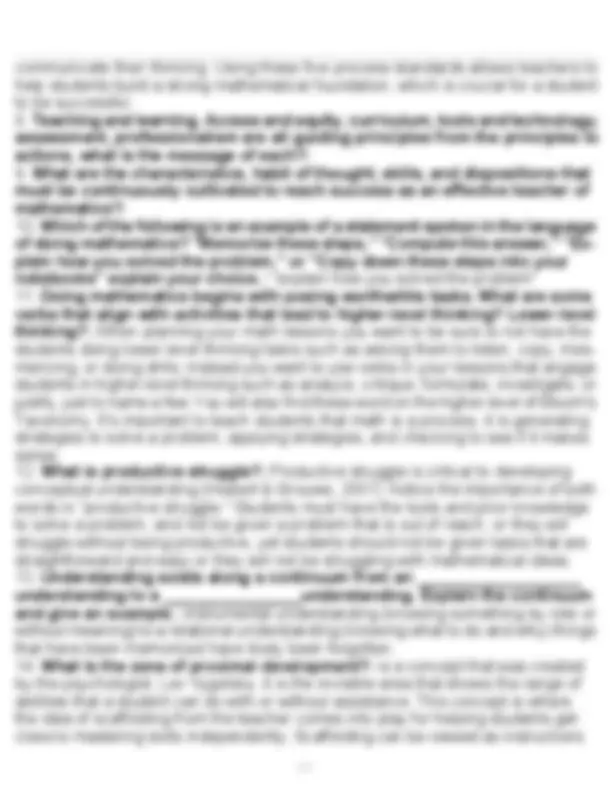
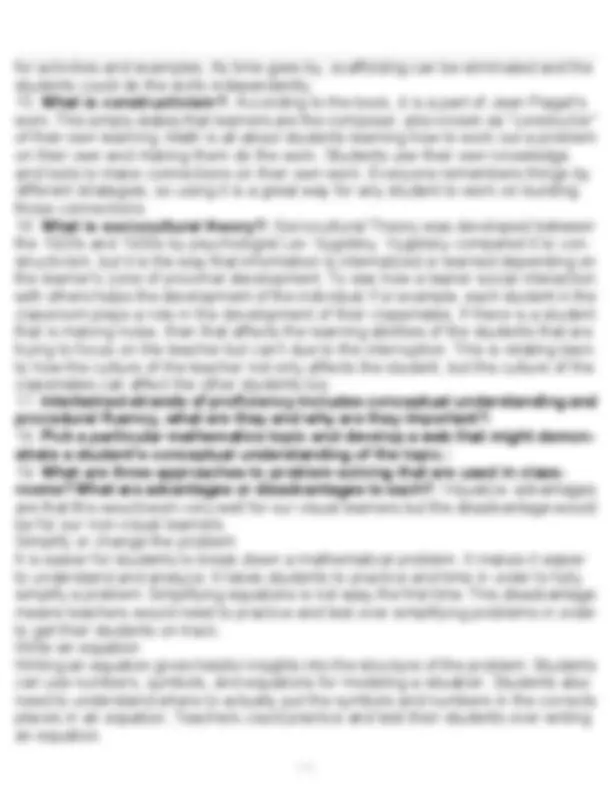
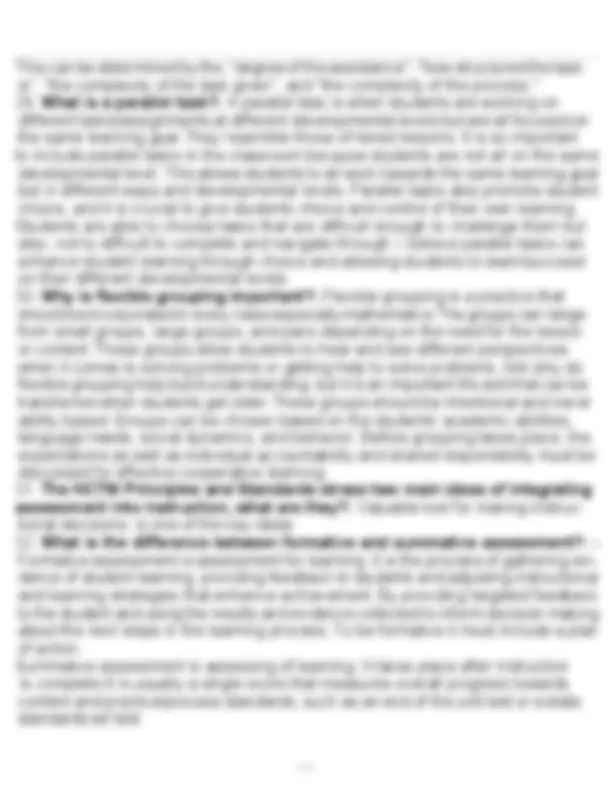
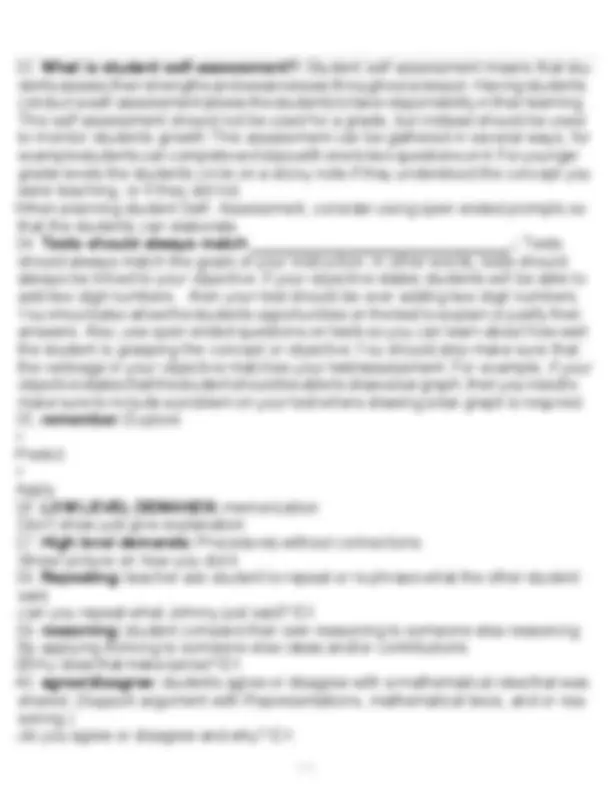
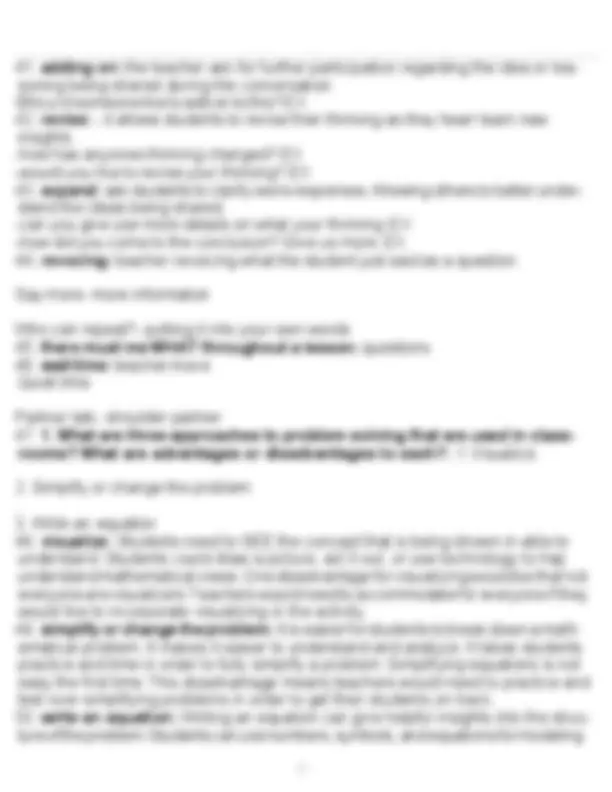



Study with the several resources on Docsity

Earn points by helping other students or get them with a premium plan


Prepare for your exams
Study with the several resources on Docsity

Earn points to download
Earn points by helping other students or get them with a premium plan
Community
Ask the community for help and clear up your study doubts
Discover the best universities in your country according to Docsity users
Free resources
Download our free guides on studying techniques, anxiety management strategies, and thesis advice from Docsity tutors
MATH METHODS TEST 1 EXAM QUESTIONS AND ANSWERS LATEST TOP SCORE.MATH METHODS TEST 1 EXAM QUESTIONS AND ANSWERS LATEST TOP SCORE.MATH METHODS TEST 1 EXAM QUESTIONS AND ANSWERS LATEST TOP SCORE.MATH METHODS TEST 1 EXAM QUESTIONS AND ANSWERS LATEST TOP SCORE.MATH METHODS TEST 1 EXAM QUESTIONS AND ANSWERS LATEST TOP SCORE.
Typology: Exercises
1 / 13

This page cannot be seen from the preview
Don't miss anything!








1 / 13
Mathematics effective?: According to our book, the two most important factors to consider in becoming an effective teacher of mathematics are conceptual under- standing and procedural fluency. If we think about it, do we just want our students to know formulas and facts? Or, do we want our students to know why that formula and mathematical equation is important in life and where they will use it in the future? As future educators, we want our students to know why mathematics is important and how it is used in our every day lives. It is more than just some formulas, facts, and equations. We also want our students to know how to apply different procedures to different problems so they use them accurately and appropriately. Therefore, this is why it is important that teachers emphasize procedural fluency. Mathematics is about analyzing and reflecting on different procedures and processes to ensure the right method or procedure is being used to enhance results. Another way to look at these factors is analyzing a doctor or nurse. Our textbook reminds us how medicine and techniques have evolved over the years. Therefore, would you just want a doctor or nurse performing a technique on you that worked 10 years ago? Or, would you want that doctor or nurse to reflect and analyze which technique might work better since medicine and techniques have come such a long way since 10 years ago? The same goes for mathematics. Mathematics has evolved and changed so much in the past 10 years so it is our responsibility as future educators to emphasize conceptual understanding and procedural fluency. This will ensure our students become critical thinkers and are reflecting on mathematics in a more in-depth context. or Knowledge of standards and practices.
should be taught in pre-K- 8 mathematics classrooms. What are some key factors promoting the change?: Data on the performance of U.S. students in national and international studies.
grades 4 and 8 achievement in 2015? How did the U.S. students performed at the International?: In the most recent NAEP mathematics assessment in 2015, less than half of all U.S. students in grades 4 and 8 performed at the desirable levels of proficient and advanced (40 percent in fourth grade and 33 percent in eighth grade) -- students' performance in 2015 still reveals disappointing levels of competency. For the first time in 25 years the number of students performing at
2 / 13 proficient and advanced dropped two points at fourth grade and three points at eighth grade
4 / 13 communicate their thinking. Using these five process standards allows teachers to help students build a strong mathematical foundation, which is crucial for a student to be successful.
5 b/ b 13 for activities and examples. As time goes by, scaffolding can be eliminated and the students could do the skills independently.
7 b/ b 13 §111.5.bGrade b 3 b(b) bKnowledge band bskills b(1) bMathematical bprocess bstandards.bThe bstudent buses bmathematical bprocesses bto bacquire band bdemonstrate bmathematical bunderstanding.bThe bstudent bis bexpected bto: b(A) bapply bmathematics bto bproblems barising bin beveryday blife, bsociety, band bthe bworkplace; What bis bin bred bis bthe bstrand, bgreen bis bthe bknowledge band bskill bstatement, band bpink bis bthe bstudent bexpectation
8 b/ b 13 This bcan bbe bdetermined bby bthe, b"degree bof bthe bassistance", b"how bstructured bthe btask bis", b"the bcomplexity bof bthe btask bgiven", band b"the bcomplexity bof bthe bprocess."
10 b/ b 13
11 b/ b 13 a bsituation. bStudents balso bneed bto bunderstand bwhere bto bactually bput bthe bsymbols band bnumbers bin bthe bcorrects bplaces bin ban bequation. bTeachers bcould bpractice band btest btheir bstudents bover bwriting ban bequation.
13 b/ b 13